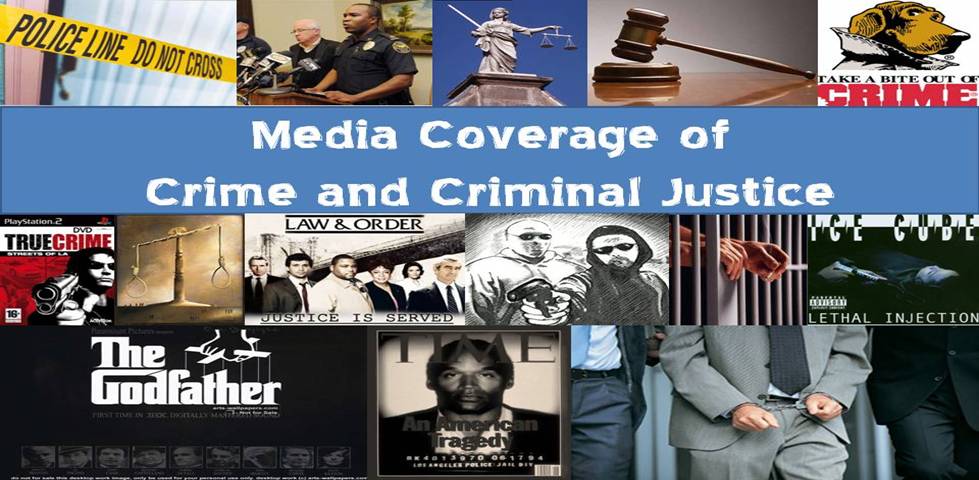Raleigh, NC --
I am here from Boone, NC to release to the public my report, “The Death Penalty in North Carolina: A Summary of the Data and Scientific Studies.” The study is online at www.pscj.appstate.edu/ncdeathpenalty
The report contains two major components:
1) a summary of publicly available data on the state population, murder arrests, and capital punishment practice in the state of North Carolina, and
2) a summary of every study of North Carolina’s death penalty system (from scholars inside and outside of the state)
The report was motivated by my desire to produce a policy-relevant document for legislators and other officials who create, implement, and review state policy.
Capital punishment is a public policy struck down by the US Supreme Court in 1972 and re-implemented in 1977; from 1977 until 2006, North Carolina was one of the most active death penalty states in the nation (ranking in the top 10 in the number of death sentences and executions per year, and in the size of its death row).
Yet, our last execution was in August 2006, almost five years ago. During this unofficial moratorium, death sentences have greatly declined, public opinion has turned against the death penalty, and murder rates have fallen. Capital punishment in North Carolina has also regularly been in the news, including stories about the proper role of doctors in the lethal injection process, appeals filed under the state’s Racial Justice Act, and even problems with the blood unit of the State Bureau of Investigation Crime Lab.
Given all this, now is an excellent time to examine the state’s death penalty system to determine—Is capital punishment an effective policy? Does it meet its goals? Do the benefits of the policy outweigh the costs? Is it a necessary policy? Answers to these questions can be found in the report.
The five major facts established by the report include:
1) Relative to murder, capital punishment is extremely rare – 2.5% of murders lead to death sentences and 0.287% of murders have thus far produced executions.
2) Capital punishment is not a greater deterrent to murder than alternative sanctions such as life imprisonment without parole.
3) Capital punishment is 3 to 5 times more expensive than alternative sanctions such as life imprisonment without parole – the state spends at least $20 million per year just on defense costs to maintain a system it does not even use.
4) Capital punishment is plagued by disturbing disparities based on extra-legal factors such as race – killers of whites are 3 times more likely to be sentenced to death than killers of blacks (especially when a black person kills a white person)
5) Capital punishment poses a serious risk to innocent people – 7 people have been freed from the state’s death row, ranking North Carolina 7th worst in the nation in terms of the number of exonerations.
With me today are scholars whose research is cited in my report. Each of them will now introduce himself or herself and briefly summarize some of the material I have just outlined.
Professor Frank Baumgartner
Professor Miriam DeLone
Dr. Seth Kotch
In summary, as I mentioned at the outset, capital punishment is a public policy. It was created by the General Assembly and implemented by Department of Correction officials. Part of the policy process is policy analysis and evaluation. Research analyzing and evaluating policies like capital punishment is necessary to inform public policy. The report I am releasing today provides an assessment of the death penalty in North Carolina as it is actually practiced.
The major conclusion of this report—based on all the data and studies conducted of North Carolina’s death penalty system—is that capital punishment is a failed policy. Further, given the nature of the problems outlined, the system of capital punishment is simply not fixable. I therefore call on the General Assembly to take action on this matter as soon as possible.
Questions?
(Watch the news, listen to the radio, read the paper ... hopefully there will be coverage of my trip to Raleigh for this event!)


The purpose of capital punishment, as the state insists, is to provide a means of deterrence to prevent others from committing heinous crimes in the fear that they will meet the same end. However, this falsely relies on the claim that we, and offenders, are rational beings when it comes to deciding whether to commit a crime or not. Obviously capital punishment does not provide a means of specific deterrence, as the individual who has been executed can undoubtedly not commit another crime again. Yet, as we've been talking about in class, executions occur without us knowing about them, in private, usually in the dead of the night. How then, is the message supposed to be driven home to the rest of American society?
ReplyDeleteIt seems as though most of the news lately concerning the death penalty has been about how states, like Illinois, are getting rid of their systems that are not efficient or run the risk of executing the wrong person. In theory, the system of capital punishment is a solid one, however, the way it is currently practiced is useless. As your study proves, it is discriminatory, expensive, risky, and is not a deterrent, in any way testable...it does not affect the murder rate in states with the death penalty or decrease murders right before or after a highly publicized execution. When victims' families have their loved one brutally murdered, they usually cite asking for the death penalty for retribution, to have the offender face the highest form of punishment possible. Perhaps, that form should be life in prison without the possibility of parole...it is cheaper, and some would argue that perpetual servitude is much worse than being executed. As the saying goes, it if ain't broke, don't fix it...so if it's useless, don't use it, get rid of it. It's too far gone to be fixed.